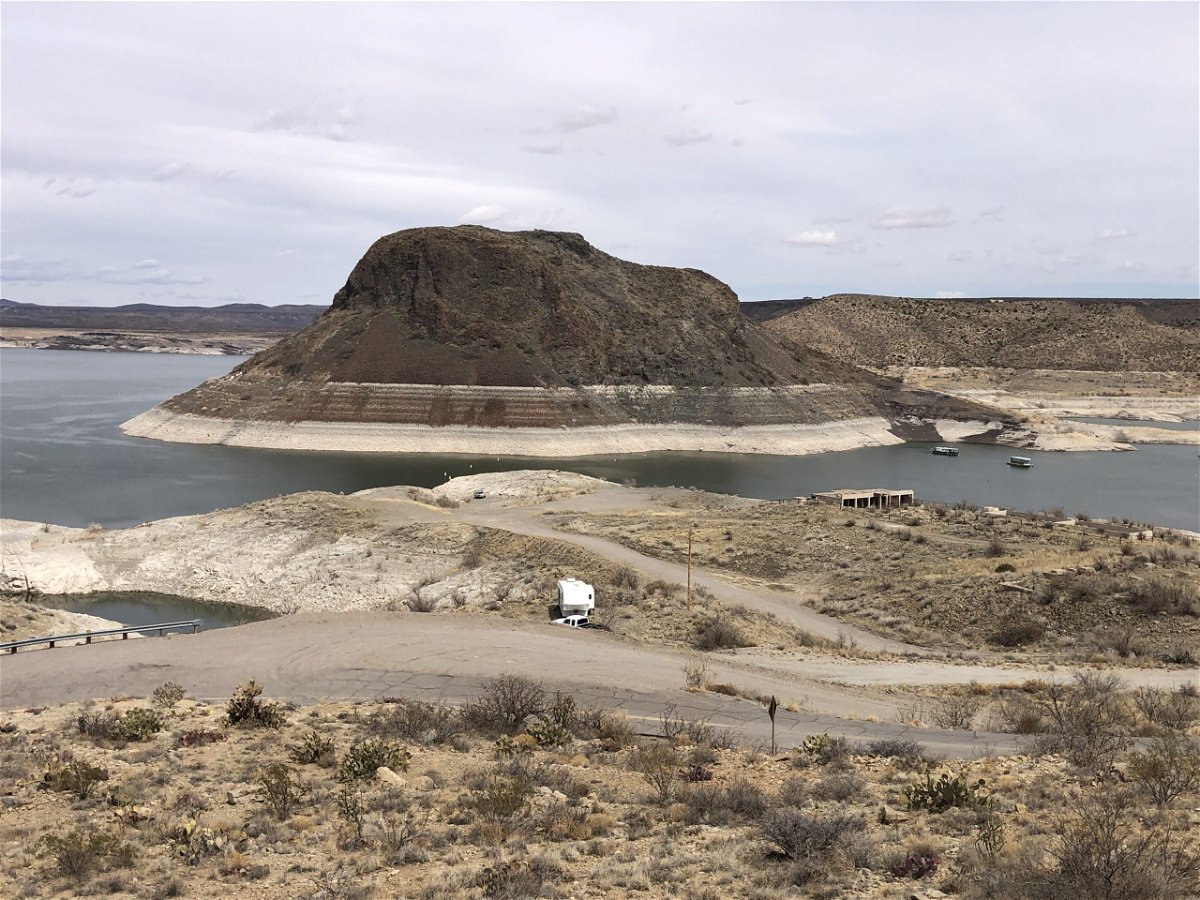Southern New Mexico farms apply for pilot project to save water

ELEPHANT BUTTE, New Mexico — More than two dozen farms in southern New Mexico have applied for a program that will pay them not to plant their fields as water managers look for new ways to stretch resources in the drought-stricken state.
It’s the first phase of a multi-year pilot project being managed by the Office of the State Engineer. State Engineer John D’Antonio has described the program as essential for ensuring the aquifers in the lower Rio Grande remain at sustainable levels in the future.
The New Mexico Legislature approved funding for the effort last year and the state began accepting applications from farmers in the fall. The Interstate Stream Commission is now processing 27 contracts totaling more than $900,000 and covering just over 2 square miles of farmland.
While that represents just a fraction of the agricultural real estate that stretches from Elephant Butte Reservoir south to the Texas border, state officials are looking to develop more tools that can be used to better manage water, especially during extended drought. New Mexico also is on the hook for ensuring a certain amount of water is delivered via the Rio Grande to Texas each year as part of a decades-old water sharing agreement.
Officials pointed to the mega-drought that’s persisted since the late 1990s, suggesting everything from rotating which fields are not planted to recharging underground water reserves and infrastructure improvement should be considered because agriculture is the biggest water user in the state. It represents about three-quarters of all water withdrawals in New Mexico.
The lower Rio Grande Valley has received about one-tenth of an inch (one-quarter of a centimeter) of precipitation since the beginning of the year, according to the National Weather Service. That has exacerbated the conditions that have resulted from back-to-back dismal summer monsoon seasons across the southwestern U.S. and limited snowpack over the winter.
Like New Mexico, large swaths of the Southwest are dealing with extreme and exceptional drought — the two worst categories — as water managers are warning of limited supplies from the region’s major rivers, the Rio Grande and Pecos to the Colorado River.
Farmers in central Arizona’s Pinal County already have been fallowing land amid the drought and improving wells to pump groundwater in anticipation of reductions that could come if a federal shortage is declared on the Colorado River. Most operations there are family farms that are among Arizona’s top producers of livestock, dairy, cotton, barley, wheat and alfalfa.
In New Mexico, shrinking rivers and reservoirs also put more strain on regional aquifers as farmers are forced to pump more to irrigate their crops.
Under the pilot program, farmers will receive grants from $400 to $800 per acre to stop pumping groundwater for a year. The Office of the State Engineer will monitor the use of water through site visits, photos, remote sensing and meter readings.
Agency staff are scheduled to brief lawmakers on the effort during a meeting later this week.
